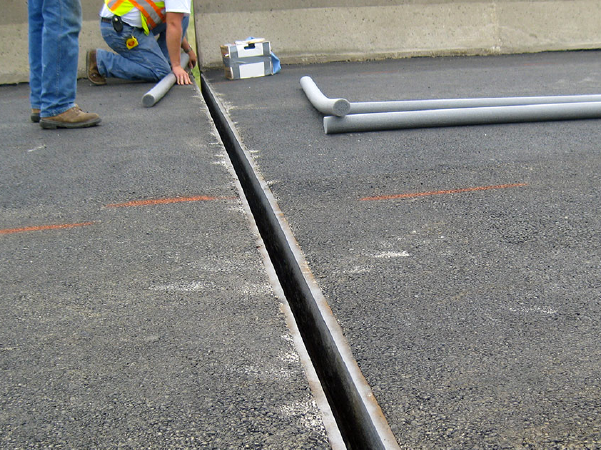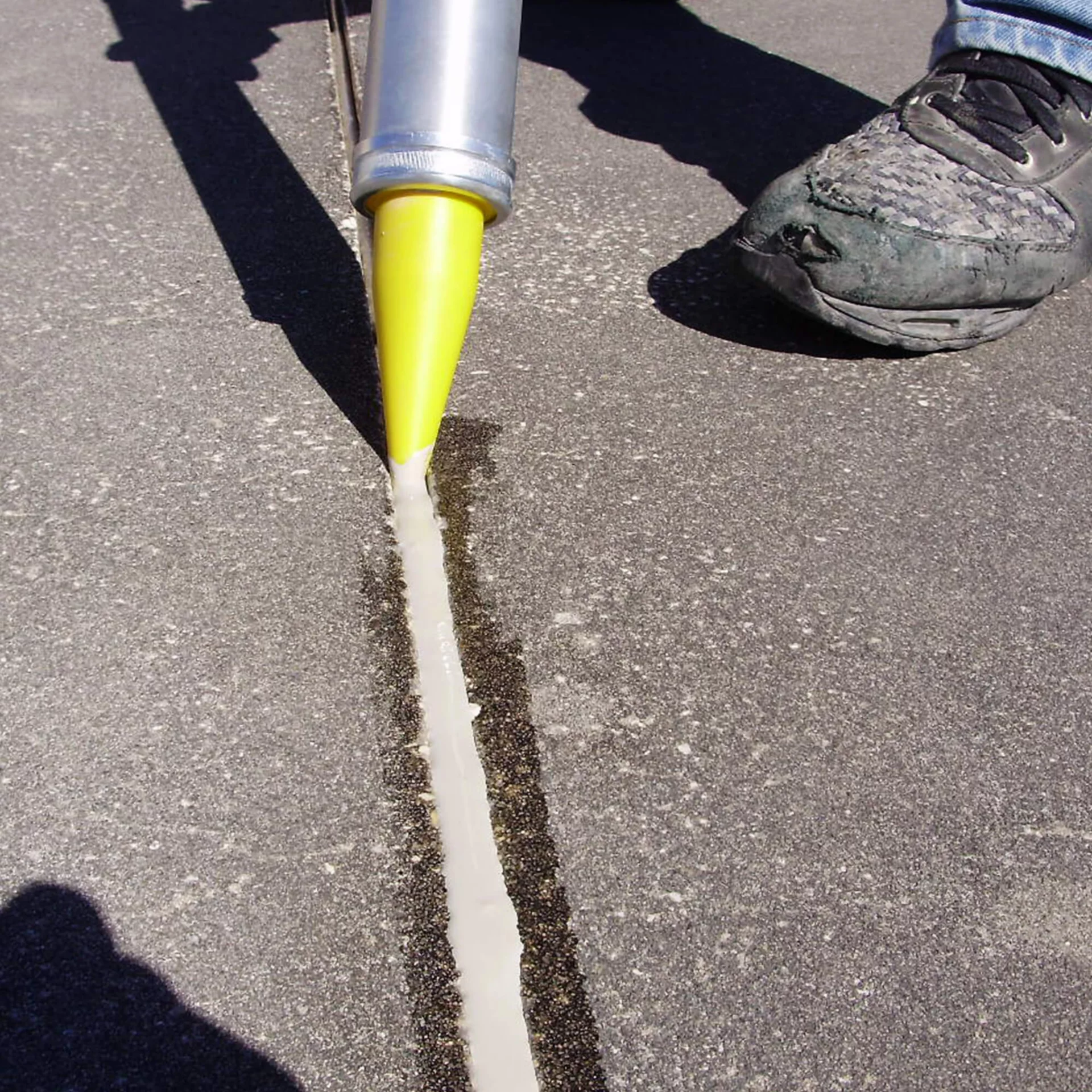Construction Joint Sealant: Enhancing Structural Integrity
Construction joint sealants play a crucial role in maintaining the integrity of buildings and infrastructure projects. These specialized sealants are designed to seal joints, seams, and gaps in various construction materials, including concrete, metal, and masonry. In this guide, we'll delve into the importance of construction joint sealant, their types, application methods, and key considerations for choosing the right sealant for your project.
Importance of Construction Joint Sealants
Construction joint sealants serve multiple purposes in construction projects:
-
Waterproofing: Sealants prevent water infiltration into the building envelope, protecting structural components from moisture damage.
-
Air Tightness: Properly sealed joints prevent air leakage, improving energy efficiency and indoor comfort.
-
Structural Integrity: Sealants provide a barrier against debris, pests, and pollutants, preserving the structural integrity of buildings.
-
Aesthetic Appeal: Sealants can enhance the appearance of construction joints, providing a clean and finished look to the project.
Types of Construction Joint Sealants
-
Silicone Sealants: Known for their flexibility and durability, silicone sealants are suitable for a wide range of sealant for construction applications. They offer excellent adhesion and weather resistance, making them ideal for exterior use.
-
Polyurethane Sealants: Polyurethane sealants are versatile and provide superior adhesion to various substrates. They offer excellent flexibility and are resistant to UV exposure, making them suitable for both interior and exterior applications.
-
Acrylic Sealants: Acrylic sealants are easy to apply and paintable, making them ideal for sealing interior joints and gaps. While they may not offer the same level of durability as silicone or polyurethane sealants, they are cost-effective and provide adequate protection for many applications.
-
Butyl Sealants: Butyl sealants are known for their excellent adhesion to metal substrates and resistance to extreme temperatures. They are commonly used in roofing and metal building applications.
-
Asphalt Sealants: Asphalt sealants are primarily used in pavement and road construction projects. They provide a durable and flexible seal that withstands heavy traffic and environmental exposure.

Application Methods
Construction joint sealants can be applied using various methods, including:
-
Caulking: Caulk guns are commonly used to apply sealants to joints and gaps. This method is ideal for smaller-scale projects and precise applications.
-
Trowel Application: Sealants can be applied using a trowel or putty knife for larger joints and gaps. This method allows for thicker application and better coverage.
-
Spray Application: Some sealants can be applied using airless spray equipment for faster and more efficient application. This method is suitable for large-scale projects with extensive joint sealing requirements.
Considerations for Choosing the Right Sealant
When selecting a construction joint sealant for your project, consider the following factors:
-
Substrate Compatibility: Ensure that the sealant is compatible with the materials being sealed, such as concrete, metal, or masonry.
-
Environmental Conditions: Consider the exposure to UV radiation, temperature fluctuations, and moisture levels in the project area.
-
Movement Capability: Choose a sealant with adequate flexibility to accommodate the movement expansion and contraction of building materials.
-
Durability: Evaluate the expected lifespan and performance characteristics of the sealant, especially in high-traffic or harsh environmental conditions.
-
Aesthetic Requirements: Select a sealant that matches the desired color and finish of the construction joints to maintain the overall aesthetics of the project.
Conclusion
Construction joint sealants are essential for maintaining the integrity and longevity of buildings and infrastructure projects. By understanding the importance of sealants, their types, application methods, and key considerations, you can choose the right sealant for your construction needs. Whether sealing exterior facades, expansion joints, or roofing systems, selecting the appropriate sealant is crucial for ensuring long-lasting protection and performance.


No comments yet